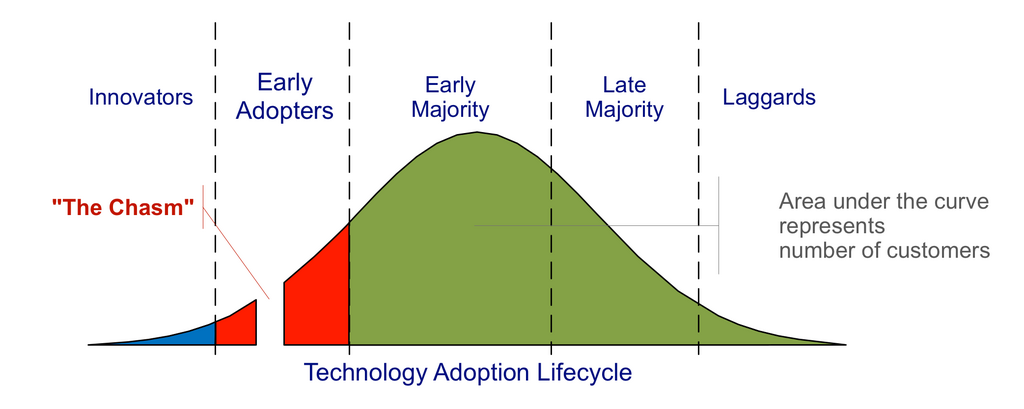The Hidden Costs of Legacy Systems: Why Now is the Time to Modernize
By Tim Norman, Chief Growth Officer
Core processing systems are essential to keeping insurance operations running smoothly. They handle policy administration, billing, claims management, and underwriting, ensuring smooth day-to-day functions. Yet, many insurers still rely on legacy systems—outdated, inflexible, and costly technologies that pose significant risks and hidden expenses. It’s important to recognize that legacy is an ongoing term; even companies that have modernized in the past may now find themselves on outdated technology if their systems haven’t received regular updates and enhancements. While the initial reluctance to modernize is understandable, the long-term consequences of maintaining legacy systems can be far more damaging.
The Hidden Costs of Legacy Systems
- Maintenance and Operational Costs
- Older systems demand substantial resources to keep them running. Frequent patches, specialized IT support, and custom integrations add up, making them expensive to maintain. Additionally, as skilled professionals familiar with legacy technology retire, the cost of hiring and training new talent rises significantly.
- Security Vulnerabilities
- Legacy systems are prime targets for cyber threats. Many operate on outdated architectures no longer supported by vendors, making them susceptible to security breaches. A single data breach can lead to financial losses, reputational damage, and regulatory penalties.
- Inefficiency and Lack of Scalability
- Legacy systems struggle to integrate with modern technologies, creating inefficiencies in workflows and data silos. These bottlenecks hinder business agility and prevent insurers from scaling operations effectively, limiting their ability to adapt to market demands.
- Regulatory and Compliance Challenges
- Insurance regulations are constantly evolving, requiring insurers to adapt quickly. Legacy systems often lack the flexibility to meet new compliance requirements, leading to costly manual interventions and an increased risk of non-compliance.
- Missed Opportunities for Innovation
- With the rise of AI, automation, and data analytics, insurers leveraging modern technology can streamline processes and enhance customer experiences. Legacy systems, however, act as roadblocks to digital transformation, preventing insurers from capitalizing on new opportunities.
- Impact on Talent Acquisition and Retention
- Modern professionals expect to work with up-to-date, efficient systems that mirror the technology they use daily. Legacy systems can be frustrating and inefficient, decreasing job satisfaction and productivity. Additionally, attracting top talent becomes more challenging, as skilled professionals often prefer companies that invest in modern technology and foster a forward-thinking work environment. The inability to offer a streamlined, digital-first work experience can lead to higher turnover rates and difficulty hiring new employees.
Why Now is the Time to Modernize
Modernizing core insurance processing systems is no longer an option—it’s a necessity. The competitive landscape is shifting, and customers expect seamless digital experiences. Insurers that delay modernization risk falling behind more agile competitors that can deliver faster, more personalized services. Moreover, modernizing systems can enhance employee satisfaction, making attracting and retaining top-tier talent eager to work with cutting-edge technologies easier.
How Finys Can Help
At Finys, we understand the complexities of transitioning from legacy systems to modern, efficient solutions. Our comprehensive core insurance processing suite is designed to enhance operational efficiency, ensure regulatory compliance, and enable seamless digital transformation. With scalable architecture, built-in security, and a user-friendly interface, Finys empowers insurers to future-proof their operations and drive sustainable growth.
The hidden costs of legacy systems are too significant to ignore. Now is the time to embrace modernization, improve efficiency, and stay ahead in an ever-evolving industry. Let Finys help you make the transition with confidence.


